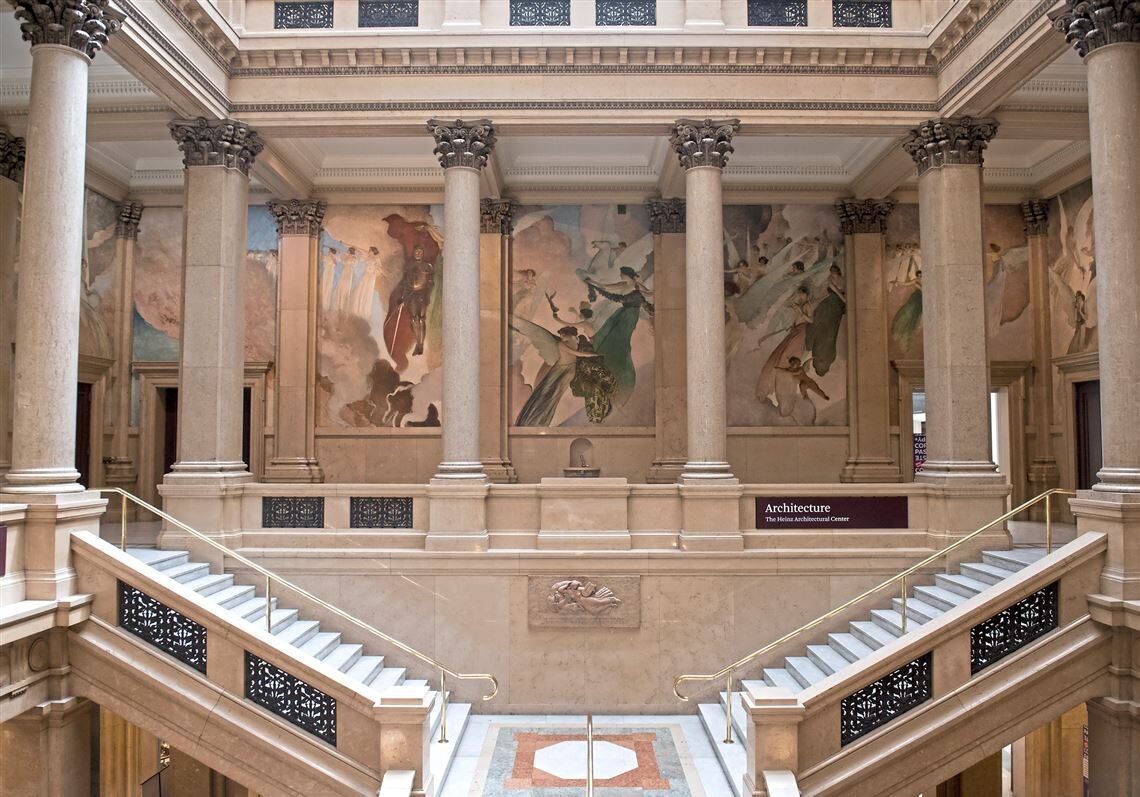Carnegie Museum of Art


Carnegie Museum of Art is often considered the first museum of contemporary art in the United States. Originally known as the Department of Fine Arts, Carnegie Institute, the museum’s first art gallery was dedicated for public use on November 5, 1895, and initially was housed in what is now the main Carnegie Library in the Oakland neighborhood.
One of the most notable exhibitions produced at the museum (by Carnegie himself) was “Old Masters of Tomorrow” in 1896. While most art museums at the time were housing turn of the century collections of well-known masters, Andrew Carnegie envisioned a collection of contemporary art, such as Picasso, Whistler, Homer, and Pissarro, thus founding what could be considered the first museum of Modern Art in the United States.
In 1907, a major expansion was developed to house Carnegie’s growing collection of fine art, sculpture, architecture, and dinosaur fossils. The expansion is what we know today as the Carnegie Museum of Natural History and the Carnegie Museum of Art. Part of the expansion included the impressive halls of architecture and sculpture. In 1974, there was yet again another expansion to the museum, the Scaife Galleries, which tripled the size of the museums original size.
Today the Museum of Art is among the most popular and esteemed cultural institutions in the region, providing visitors with access to great works of art, studio art classes, and interpretive programs that inspire, provoke, and delight.
There is a uniqueness of the Carnegie Museum of Art. Because of how Andrew Carnegie envisioned his institute, the museum of art and the museum of natural history are interconnected, creating an impressive vision of culture and how the two separate spaces and subjects can be intertwined and interconnected so naturally, through architecture, history, and evolution.
Distance Unit:
Distance Unit: